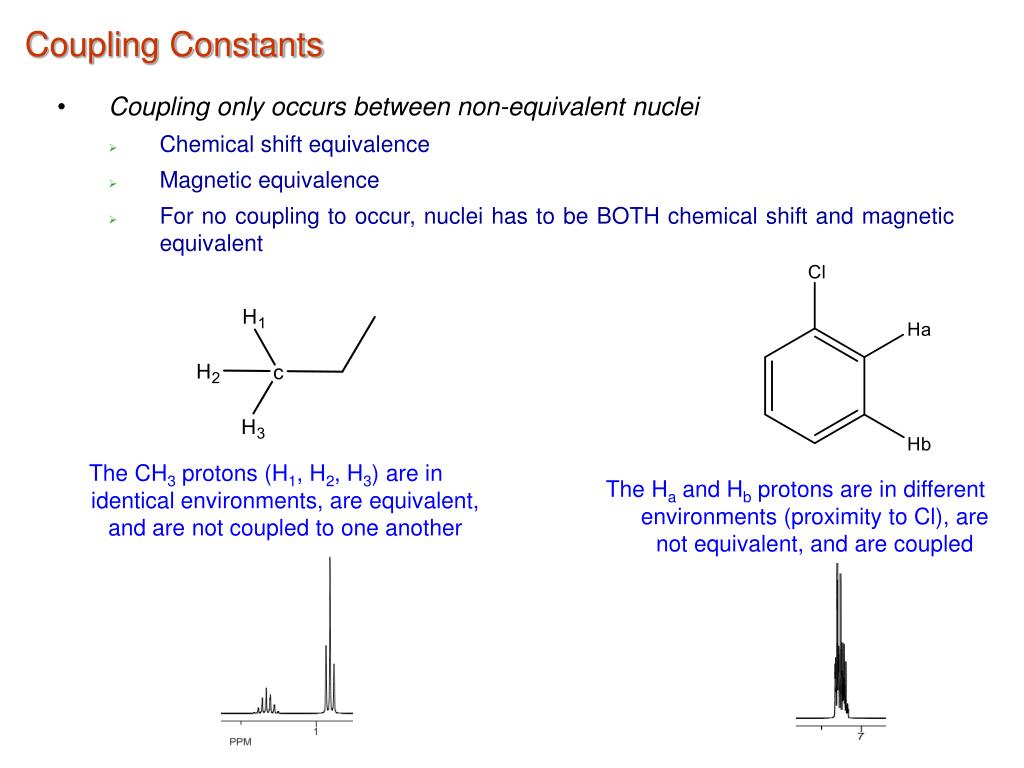

There are a few sites where you can access raw 1H NMR data.

Raw NMR data is usually stored in proprietary format, which is vendor specific, and even though most NMR data processing software can handle multiple formats, it is not a straight forward process to get data into an x-y format for use with other software (Excel, Matlab, Origin etc). This produces areas of 0.32, 0.25, and 0.33, respectively, which is what we expected. To make sure this is working properly in Mathematica, we can make a function out of our data and numerically integrate the three peaks: data = Interpolation] Which will make it accessible to other software packages and you can perform your math lesson plan. The data you want is in transform which can be exported as a CSV file: Export] I apologize for those who do not use Mathematica however I tried an Excel version and it became unwieldy very quickly.įeature := Module[ are simulated ethyl acetate yielding the following spectrum: Below is a quick attempt to give you what you are looking for. The problem with using real data is the amount of points (upwards of 32k) that make publishing CSV files of raw spectra unreasonable. I might suggest that you write a short program to simulate the spectra.


 0 kommentar(er)
0 kommentar(er)
